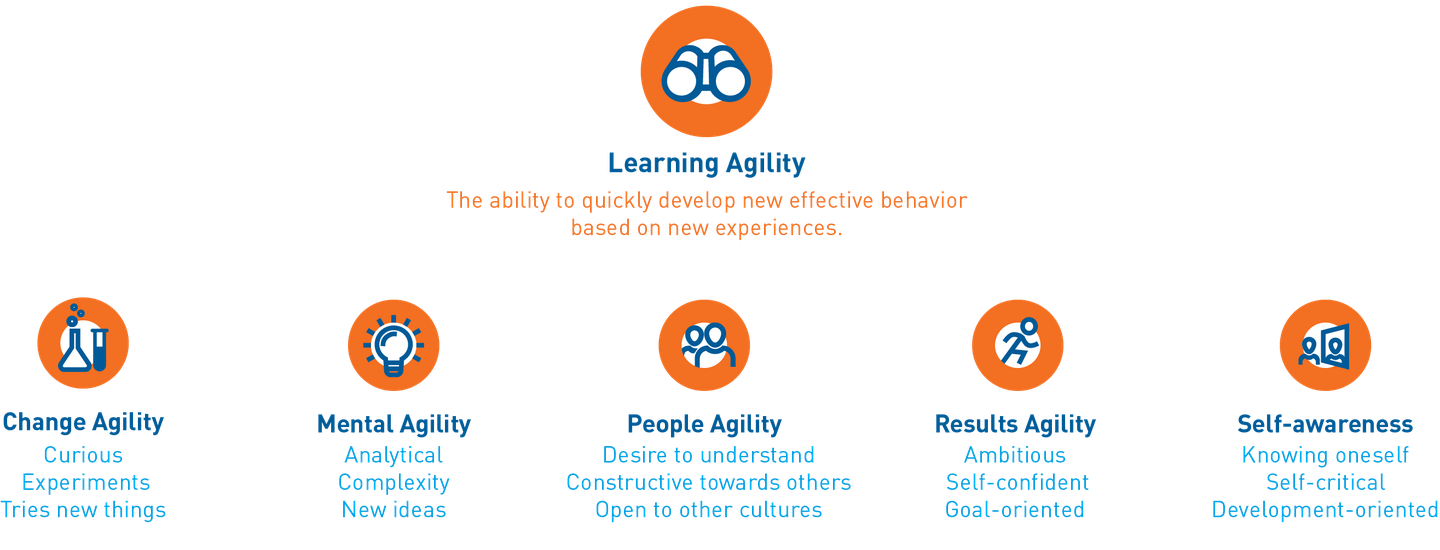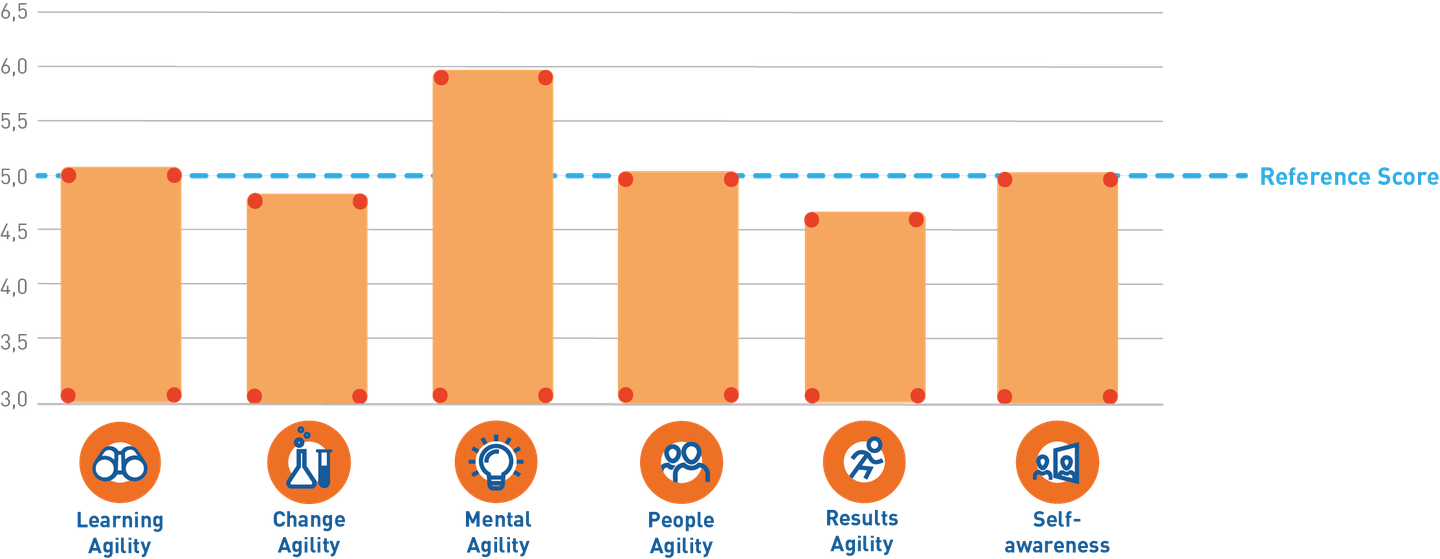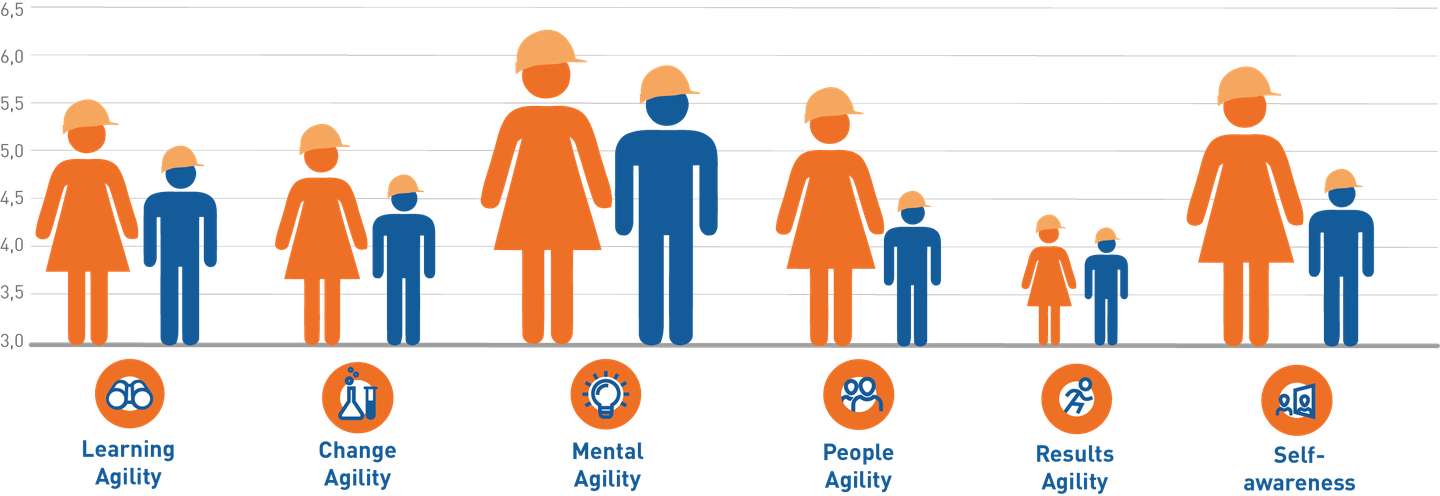
Column #3: How learning agile are engineers?
Column #3: How learning agile are engineers?
Having conducted multiple research analyses for clients, we at HFMtalentindex want to share this information and our insights with the HR community. Each article focuses on one topic, followed by a related interview with a person of interest working within the HR work field. This is meant to infuse hard data with a more human touch! The articles mainly focus on the research elements and strive to clarify the results, the subsequent interview places these results in a more relevant real life context.
Are engineers futureproof?
HFMtalentindex was given the opportunity to investigate the field of engineering, where, with the help of the Royal Dutch Institute of Engineering, 542 engineers volunteered to participate in the Learning Agility Indicator (LAI) assessment. This allowed us to analyse the preparedness of this group for the future, besides which we could also investigate what competencies this group excels in and what motivates them to work to the best of their abilities.
The article tackles three main questions. The first question focuses on how learning agile the overall group is. Secondly, delving into the group’s overall potential. That is, which specific competencies allow for significant further development and growth and what are the main motivators for the group as a whole. Based on the group profile that emerged, we then investigated whether or not engineers would make good project leaders. Lastly, gender differences were investigated and a unique overall profile emerged for each gender, whereby the article clarifies the relationship that was observed. This short introduction will only mention the first and third question.
Reminder: what is Learning Agility?
As mentioned, Learning Agility is an indication of the candidates preparedness for the future. It is the ability for someone to rapidly develop new effective behaviour based on new experiences and to easily move from idea to idea within and across experiences. Learning Agility is comprised of four domains and one transcending factor.

A unique engineering profile
The engineering group scores a 5 on overall Learning Agility, which is an average score and is not very promising. However, taking the analysis a step further and looking into the different domains of the overall Learning Agility score, a unique profile emerges. The group excels at Mental Agility, with a weakness in Results Agility. An analogy as quoted by Jan Meijning, senior psychologist at HFMtalentindex: engineers love puzzles. They like to analyse the problem and are able to get to the bottom of things in new ways. However, they are not concerned with the end product of the puzzle, they are more absorbed by the process of solving the problem. This is corroborated by the competencies that the engineers excel in, such as Analysing and Forming Opinions, Strategic Insights, Creativity, and Flexibility. This is also what energises them most in their work place; being allowed to analyse things, being given the freedom to find the best solutions, and to be creative with their solutions.

Male versus Female
We also investigated the differences between male and female engineers. The results indicated that female candidates scored significantly higher than their male counterparts on People Agility and Self-Awareness, which is not surprising since previous research corroborates these findings*. Interestingly, the female candidates score higher on all the other domains too, such as Change Agility and Mental Agility, with a slightly higher score on Results Agility. This translates to female engineers also having a higher overall Learning Agility than the male engineers. This is a different profile than what is normally seen by female candidates as a group in the general population.

Meijning believes that female candidates are the future in the field of engineering. They are more learning agile than the male candidates in the same field, and they exhibit the personality profile needed to be successful in engineering. However, for female engineers to truly reach their full potential, they must be in teams that also include other female candidates. This is because female engineers enjoy working with others, asking questions and gaining new insights (high People Agility), whereas the male engineers do not (low People Agility). Thus female’s strengths might not be fully utilised in a male dominated team.